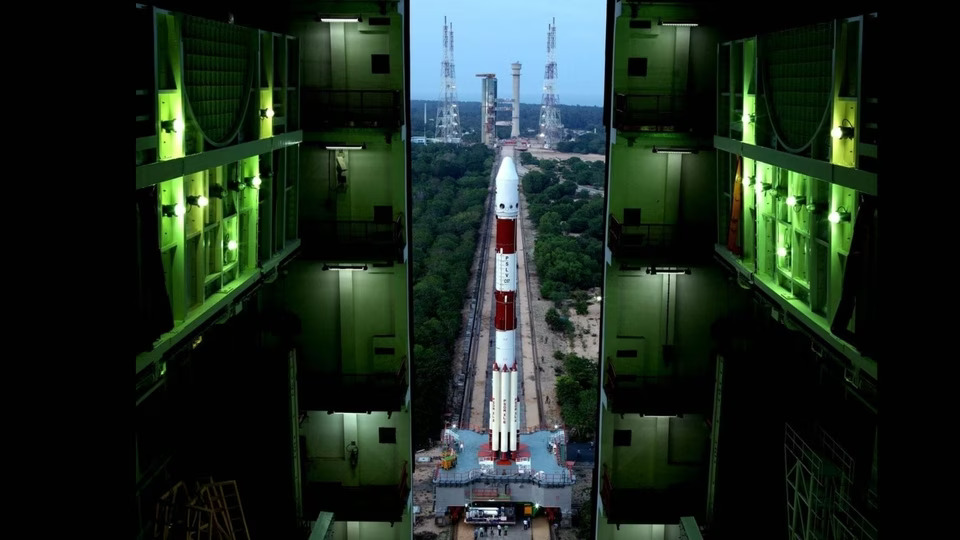On Saturday, at 11:50 am, Aditya-L1, India’s first mission to study the Sun, took off from the second launch pad of Satish Dhawan Space Centre (SDSC-Shar) at Sriharikota on a PSLV-C57 rocket. The mission signifies India’s entry into the frontiers of solar research and represents a major leap in understanding the Sun’s complex phenomena.
The Aditya-L1 mission is the first space-based observatory-class Indian solar mission to study the Sun. Understanding the Sun’s activities and being able to predict space weather is crucial for protecting satellites, space-based technologies, and astronauts from hazardous radiation.
The mission was jointly developed by several Indian research institutions, including the Indian Space Research Organisation (ISRO), Aryabhatta Research Institute of Observational Sciences (ARIES), Inter-University Centre for Astronomy and Astrophysics (IUCAA), and Indian Institute of Astrophysics (IIA). The spacecraft and instruments are designed to withstand the challenging environment of solar radiation.
Aditya-L1 will be placed in a halo orbit around the Lagrangian point (L1) of the Sun-Earth system. This position provides the major advantage of continuously viewing the Sun without any occultation or eclipses, allowing for real-time observation of solar activities and their effect on space weather. The journey to the designated mission site, a staggering 1.5 million km from Earth, will take about four months to complete.
In light of rising global warming concerns, Aditya-L1 will collaborate with other solar missions such as NASA’s Parker Solar Probe and ESA/NASA’s Solar Orbiter mission to provide observations from different areas and multiple angles.









